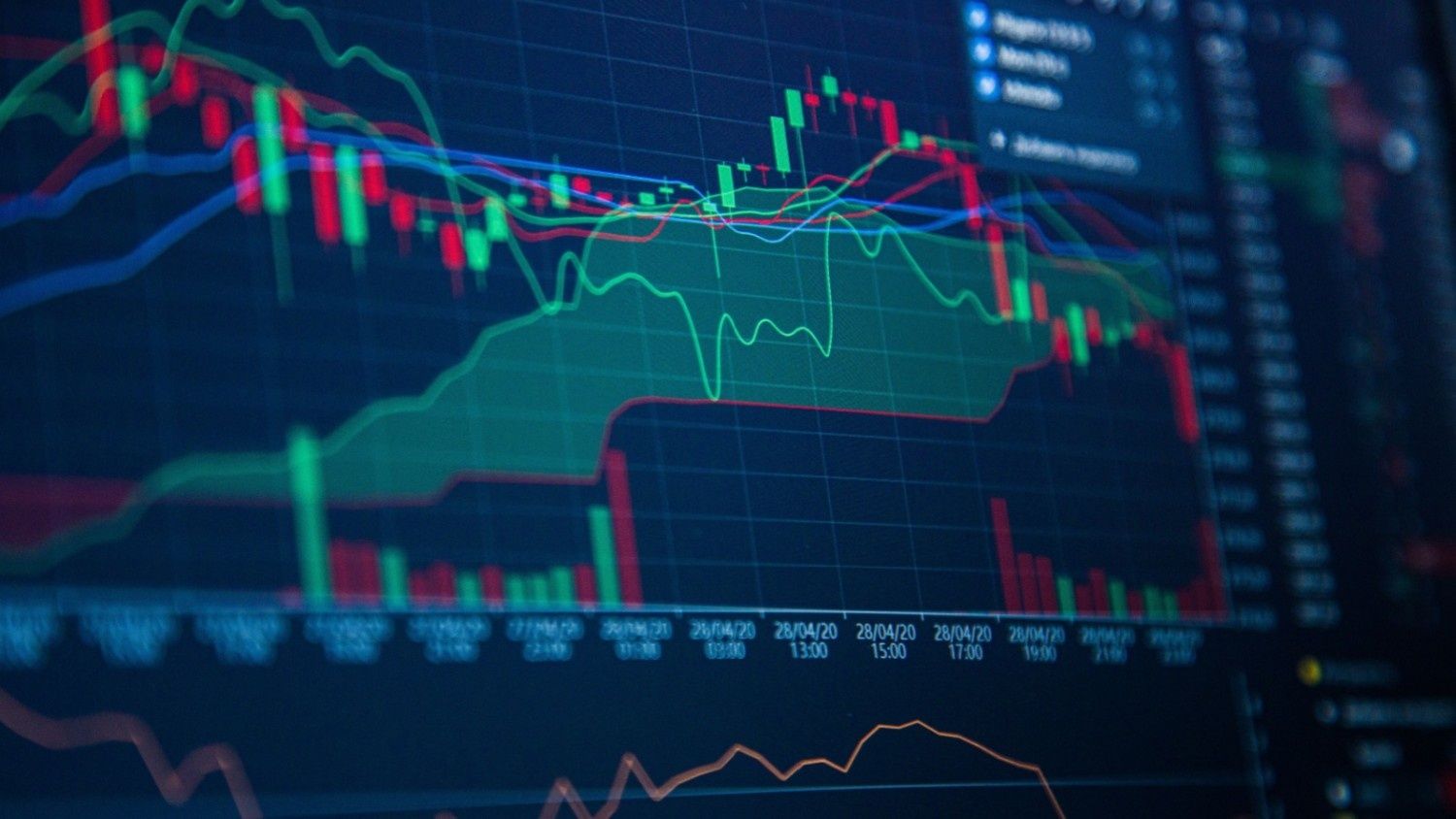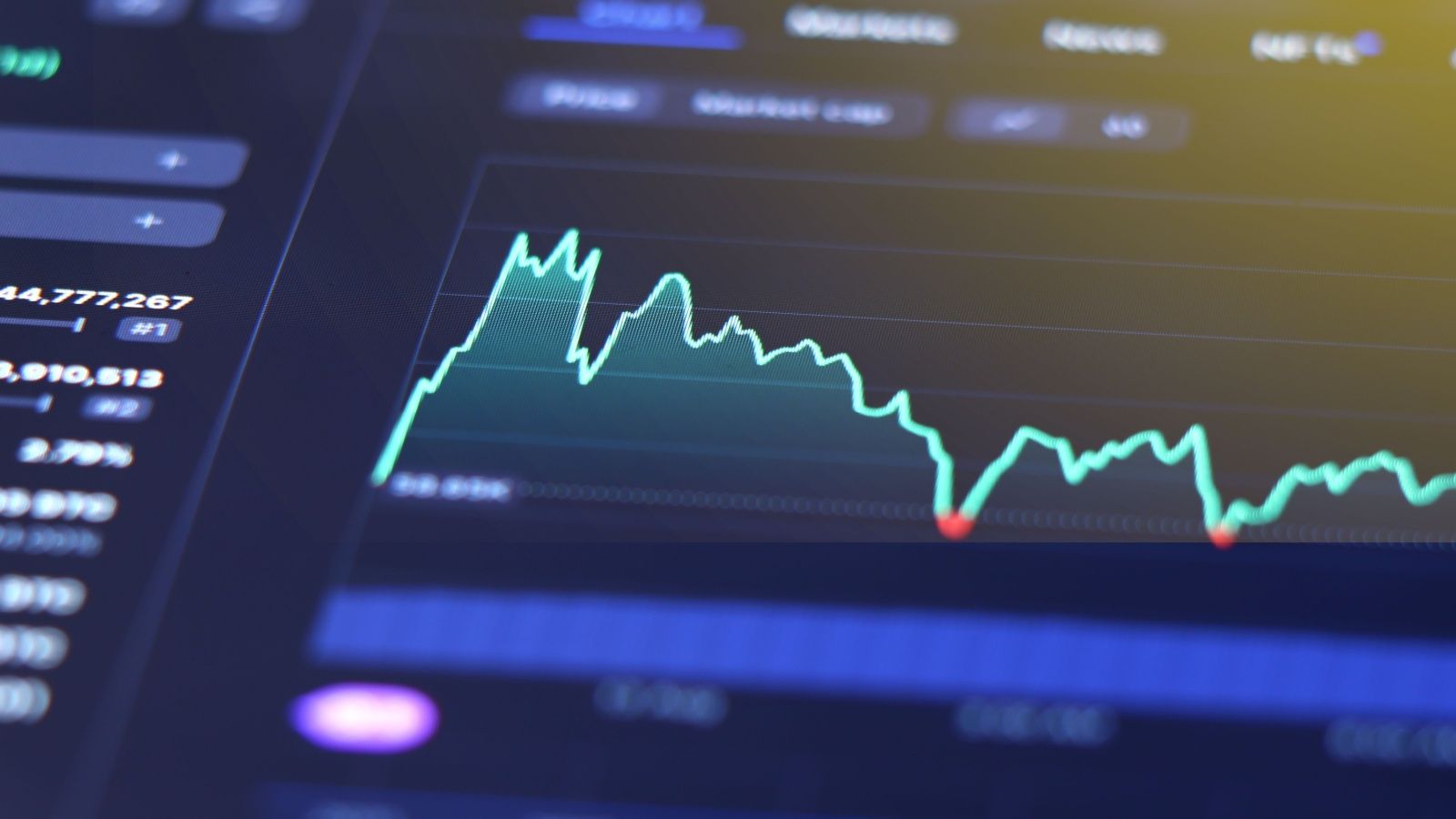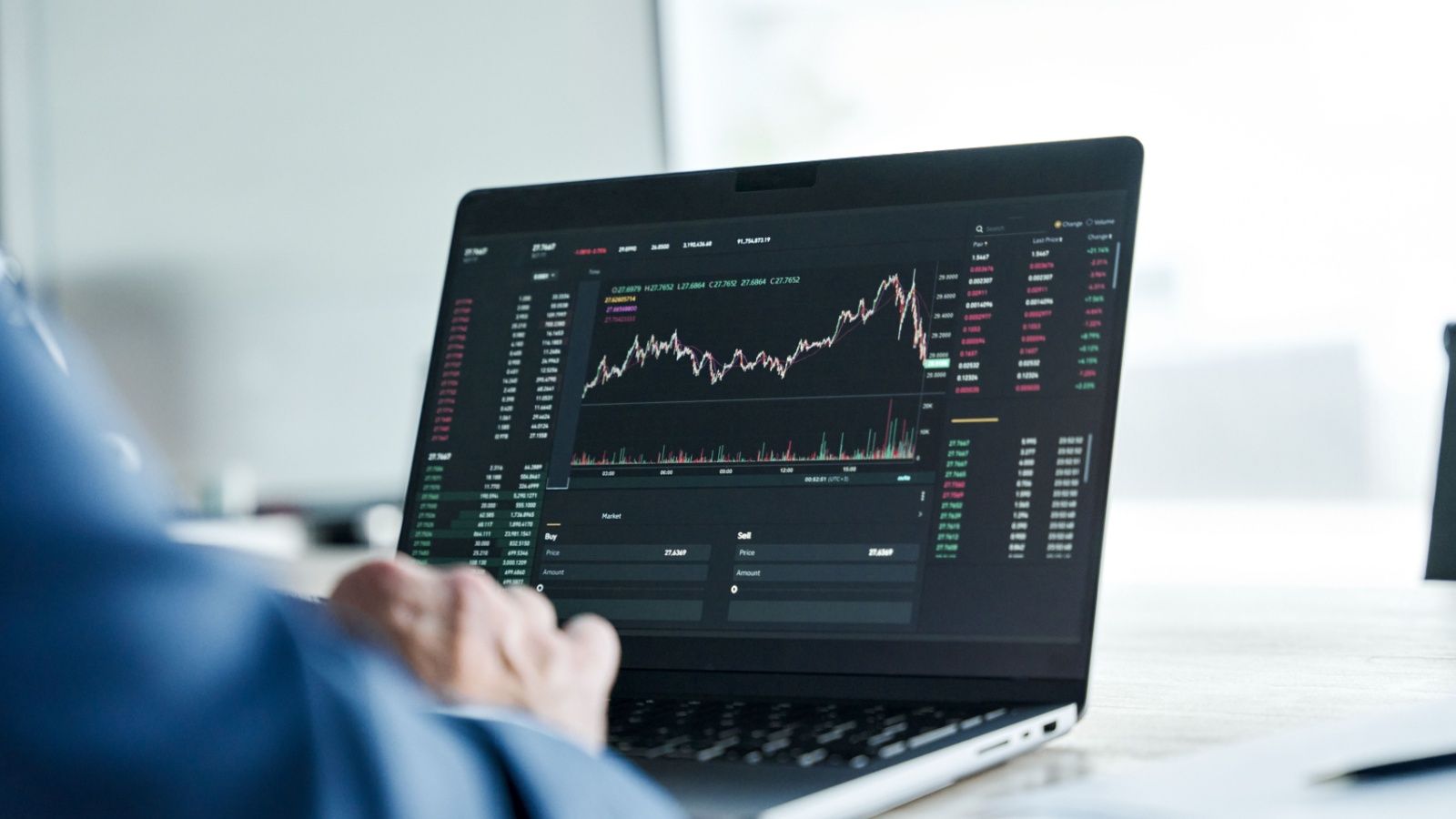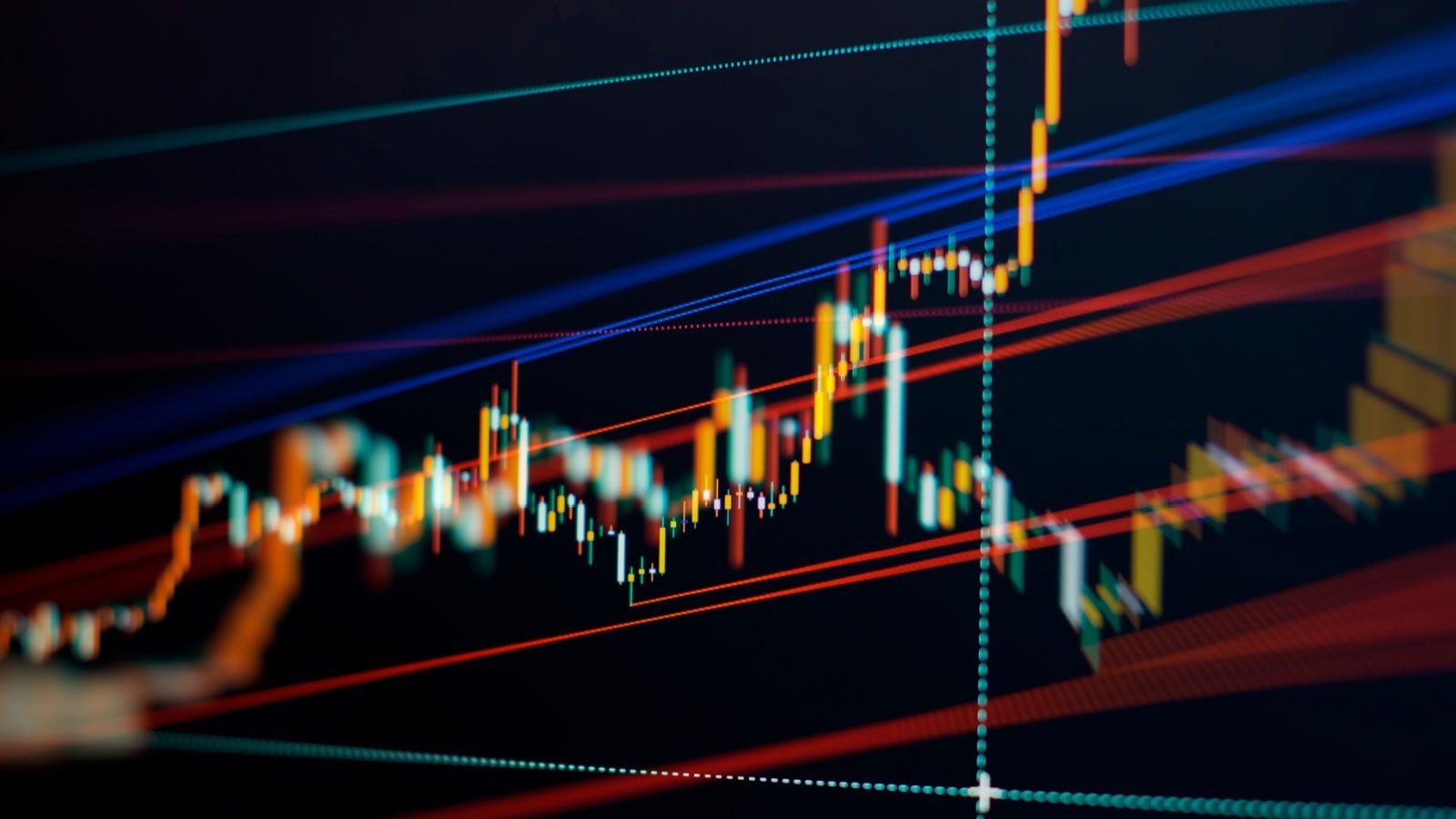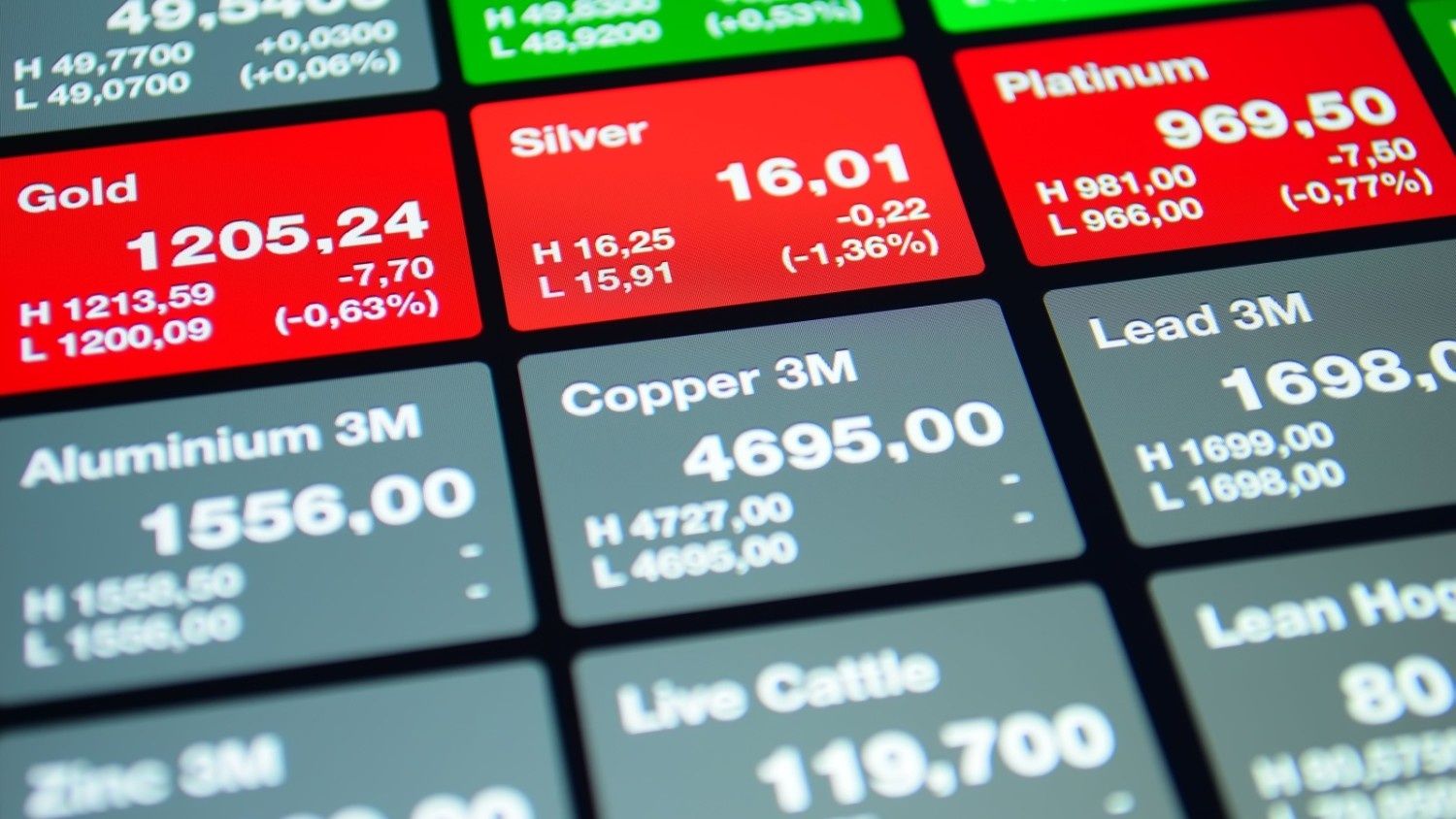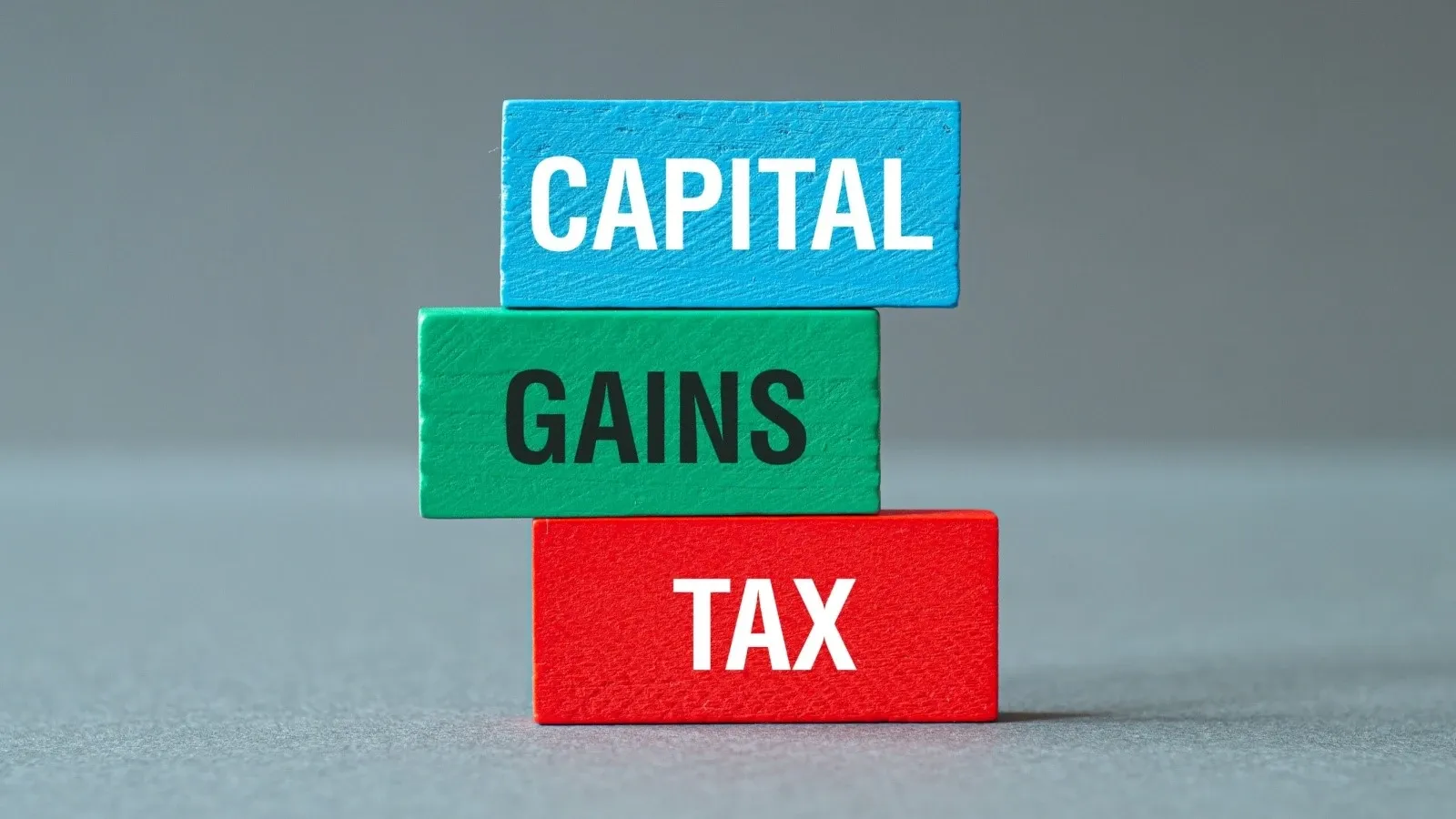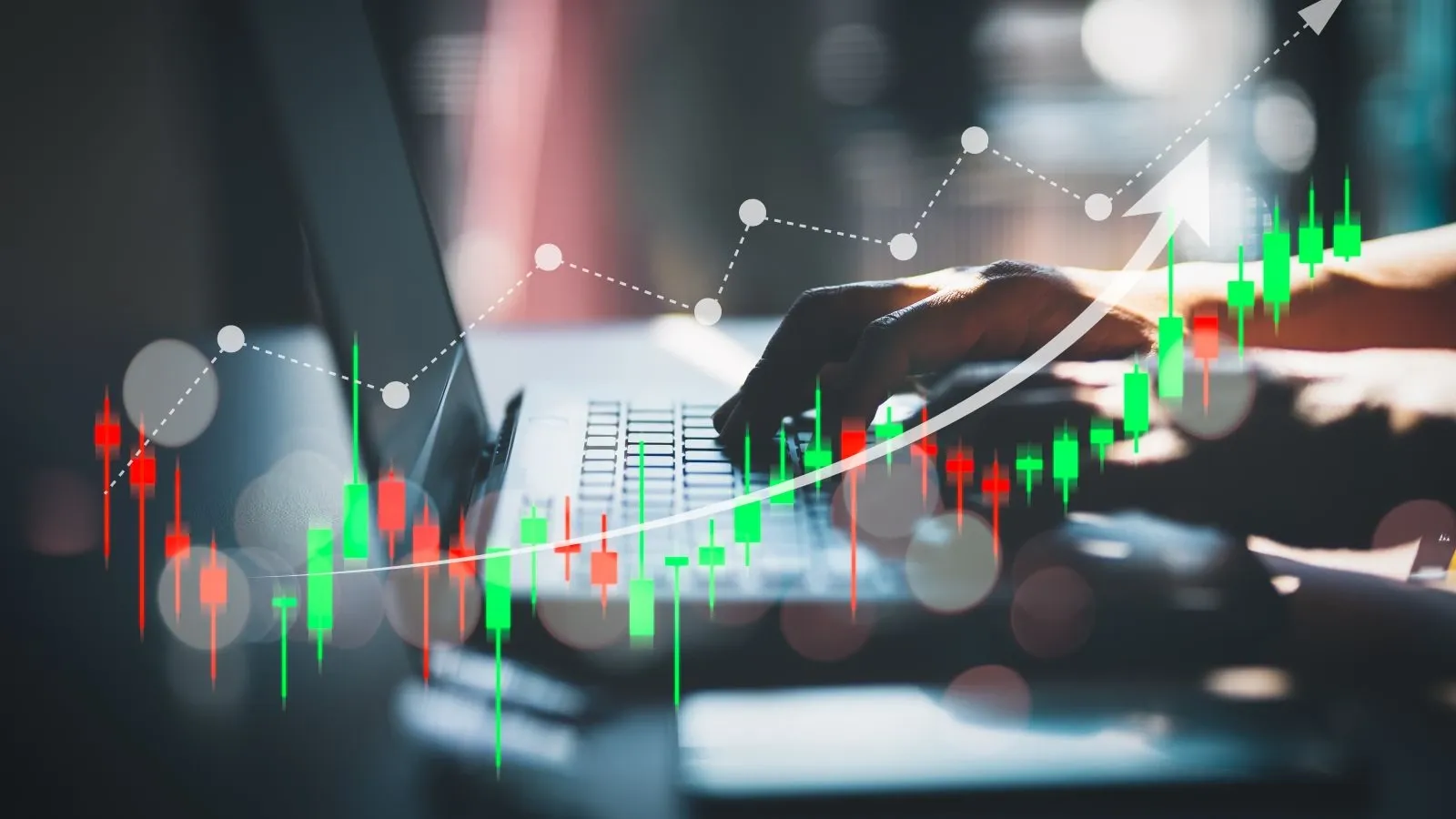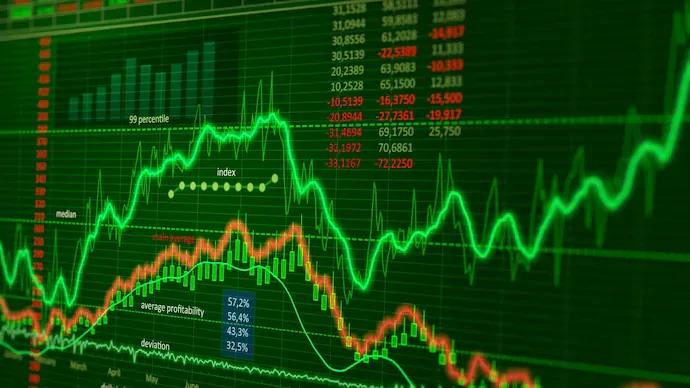Understanding Stop-Limit Orders: The Investors’ Choice
Written by Upstox Desk
Published on October 28, 2025 | 6 min read

Summary:
Stop-limit orders are proving to be very useful in anticipating and mitigating risks in online trading. To withstand high market volatility and dramatic price fluctuations, investors are turning to stop-limit orders as a valuable tool.
Investing in the stock market or trading online is not for the faint hearted. It is rollercoaster full of fluctuating prices and high market volatility. It is likely that the price quoted to you at the time of placing an order differs from what you actually pay for your securities. This typically happens when markets are extremely volatile, quotes are delayed, or when execution of trades is very slow. To navigate this volatility and safeguard investments, investors turn to different types of orders. It provides them the power and liberty to control these factors, at least to a certain extent. Ultimately, orders lead to potentially loss-free trades.
In this blog we will revive the concept of stop-limit order, how it works and why it is that investors consider it to be a valuable tool in trading.
What is a stop-limit order?
A stop-limit order features the characteristics of both a stop order and a limit order. So first let’s briefly understand what a stop order and a limit order is –
Stop order – It is an order to buy/sell a stock at the market price once the stock has been traded at a set price (stop price). If the stock reaches this set price the order is executed however if it does not reach the stop price it is not. Stop orders are mainly used to limit potential losses or protect profits.
Limit order – There is a maximum (buy limit) and minimum (sell limit) price limit on the amount to be paid and received for the stock. The order is only executed if the market price reaches or rises above the set limit price. If not, it remains open until it is filled or cancelled.
To sum it up, limit orders are used to specify a price at which you would buy/sell an asset, whereas stop orders can be used to trigger a market order once a set price level is reached. Combining the benefits of both, a stop-limit order ensures relatively greater control as well as precision in executing trades as compared to a traditional market order.
How does a stop-limit order work?
A stop-limit order involves two steps. Let’s break them down –
Stop price – The stop-limit order begins with the stop price which acts as a trigger and represents a shift from a passive order (waiting on the market) to an active order (executed on the market). As soon as the stop price is reached or surpassed, the stop-limit order becomes a limit order.
Limit price – It is the specific price at which you would buy/sell the security after the stop price criteria is met. It protects and ensures that the trade is executed within the desired price range.
Let’s understand this with the help of an example.
Say you want to buy shares of a company ABC, which is currently trading at 1,000 INR per share. You think if the price escalates to 1,050 INR, it will indicate a breakout, making you some profitable trade. So you place a stop-limit order in the following way:
- First, you set a stop price of 1,050 INR at which you would want your order to be initiated (triggered).
- Then you set a limit price of 1,060 INR which is the maximum price at you would be willing to pay for the stock.
Here is how the order would work:
- Once the stock’s price reaches 1,050 INR, your stop-limit order becomes active.
- After that, your order will be executed only if someone is willing to sell their ABC shares for 1,060 INR or less.
- In case the stock price surpasses 1,060 INR without getting filled, your order may remain unexecuted.
Why investors choose stop-limit order?
There are five major reasons investors are so inclined to stop-limit orders. They help them with the following:
- Risk management – stop-limit orders can be an excellent risk management tool as they allow investors to set predefined exit points. This protects them from heavy losses when the market moves against their positions.
- Precision and control – Stop-limit orders provide investors the desired control over price at which their orders are executed. It is especially useful in highly volatile market scenarios.
- Avoiding emotional trading – By setting fixed stop and limit prices, investors can avoid making dodgy and impulsive decisions based on fear or greed.
- Leveraging breakouts – Stop-limit orders can be used to capture potential breakout opportunities. They can set buy stop-limit orders above current market prices and enter a trade only when certain price levels are achieved.
- Planning ahead – Investors can effectively chalk out their trading strategies before-hand by setting stop-limit orders for specific entry and exit points. This will allow them to focus on their overall investment strategy instead of constant monitoring.
However, it is absolutely critical for an investor to understand the risks involved along with the benefits in stop-limit orders.
| Pros | Cons |
| Better control over entry and exit points | Execution risk - missed trading opportunities |
| Reduced slippage (difference in expected and actual execution price) | Market gaps in highly volatile situations |
| Protection against drastic price movements | Partial fills may hamper trading strategies and risk management |
| Improved planning and strategy | Time gaps in market moves and order execution |
| Automated trading decisions | Overusing can lead to excessive trading costs |
| Varying broker’s fee structure |
Note: Several providers offer you an exact overview of how much broker’s fee you will have to pay. For instance, Upstox’s brokerage calculator, click here.
Stop-limit order: Protecting your future investments
As market prices continue to fluctuate rapidly, it has become more important than ever to introduce new tools to trading strategies. Stop-limit orders are one of the very effective one’s that have captured the eye of investors. Control your trades, price movements and manage risks better with stop-limit orders.
About Author
Upstox Desk
Upstox Desk
Team of expert writers dedicated to providing insightful and comprehensive coverage on stock markets, economic trends, commodities, business developments, and personal finance. With a passion for delivering valuable information, the team strives to keep readers informed about the latest trends and developments in the financial world.
Read more from UpstoxUpstox is a leading Indian financial services company that offers online trading and investment services in stocks, commodities, currencies, mutual funds, and more. Founded in 2009 and headquartered in Mumbai, Upstox is backed by prominent investors including Ratan Tata, Tiger Global, and Kalaari Capital. It operates under RKSV Securities and is registered with SEBI, NSE, BSE, and other regulatory bodies, ensuring secure and compliant trading experiences.




